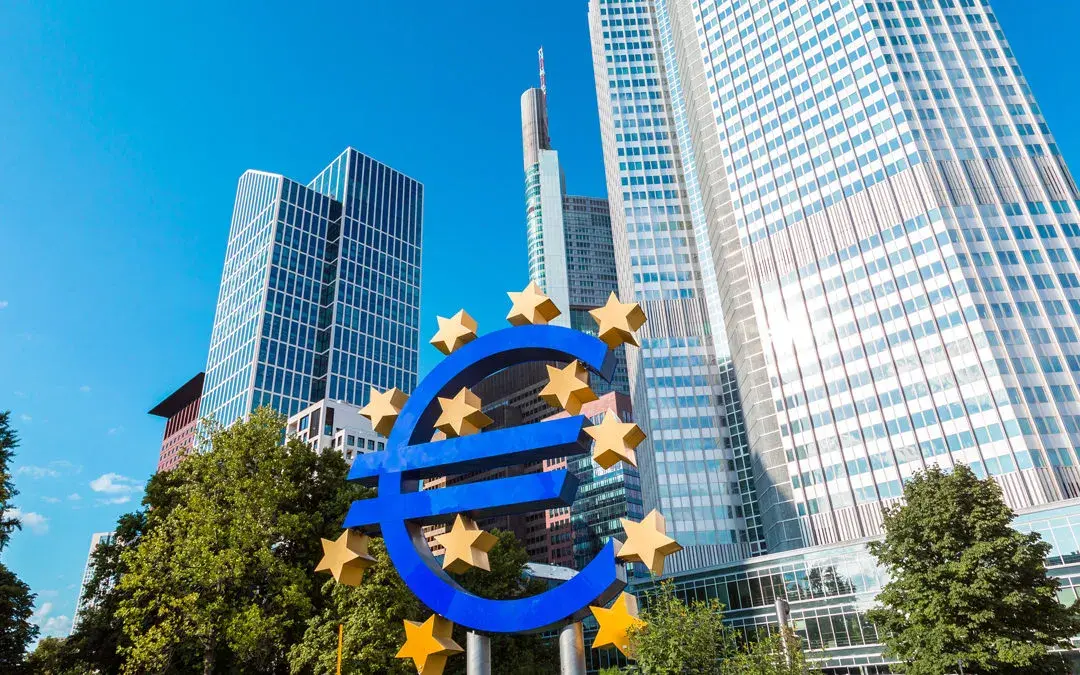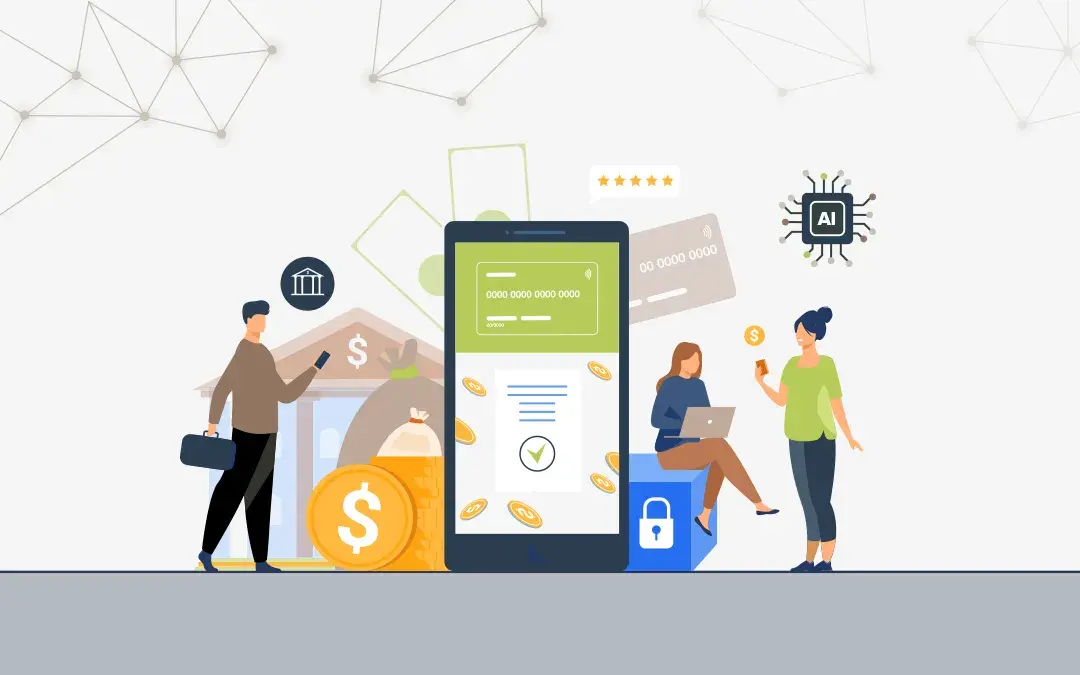We live in a world of constant change and increasing speed is the cornerstone for all the services. Disruptive technologies – mobile, cloud, and APIs – have greatly empowered customers who demand convenience, speed, and personalization in the services they get. Especially for the finance sector, technology has helped customers to make instant payments whenever and wherever they want. However, considering how largely technology has benefitted them, payment sector hasn’t been able to keep pace with the digital revolution. Banks struggle to meet the demands of the consumers as they contend with traditional processes that are inflexible and slow.
Digitalization is boosting customer expectations allowing banks and third-party providers to offer fast, secure, and borderless payments. Talking about the payment innovation, we believe that the future of the sector will be defined how service providers adopt the upcoming regulations and meet consumer demands. Crucial factors that will embark the payment innovation journey will be –
- PSD2 and open banking
- Real-time/instant payments
PSD2 and open banking
The emergence of PSD2 and open banking along with Fintechs has led to the acceleration of instant payments and adoption of open APIs. The regulation has triggered major changes in the sector by allowing third-party providers to leverage the bank data and offer more personalized services.
With Fintech services, it will be possible to use third-party apps to pay bills or make purchases without accessing the bank account. Customers will be able to extract aggregated information about their bank accounts. This information will offer immediate and organized information about their finances and let them manage their money easily.
With PSD2’s SCA, biometrics will take center stage to provide more security in the payment industry. Banks will be obliged in Europe to authenticate customers with a two-factor method, adding a layer of security in payments. However, customers might have concerns about the added friction of having to authenticate every time a payment is made.
Real-time payments
Customers today demand faster payments, even during non-business hours. They don’t want to wait for the time taken by banks to process the transaction and reflect it into their bank accounts. As a result, instant or real-time payments are likely to be the new standard to meet customer needs – anytime, anywhere.
Real-time payment services are set to become the new normal allowing users to pay in seconds or minutes, 365 days a year. According to a 2018 survey, “64% of institutions in the US already believe real-time payments will enhance their ability to service customers.”
The UK was amongst the initial adopters of instant payment services in the year 2008, followed by the US, Australia, China, and India. The coming years will see radical changes in the payment sector with innovative services like real-time cross-border payments. Banks will work in partnership with Fintechs to leverage disruptive technologies and offer payments solutions to fulfill the user demands, i.e. speed and convenience.
The takeaway
Global payment innovation is underway, led by Third-Party Providers and banks. Modern payment infrastructure is getting in place; banks and Fintechs will work together to share user data and produce more sophisticated and personalized services.
While payments and other financial services are being redefined by players in the Fintech industry, consumers are sure to get what they have been demanding. The entire market will become open, leading to stiff competition and greater choices for consumers. The collaboration between banks, FinTechs, and IT vendors will bring a fresh perspective that leads to new and better services.




